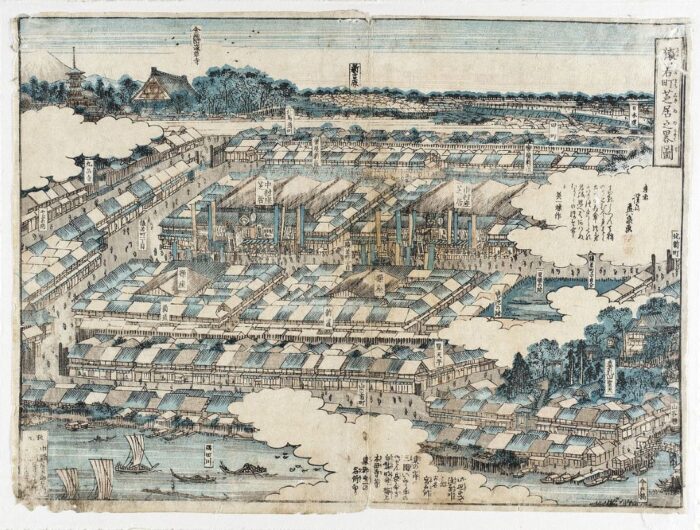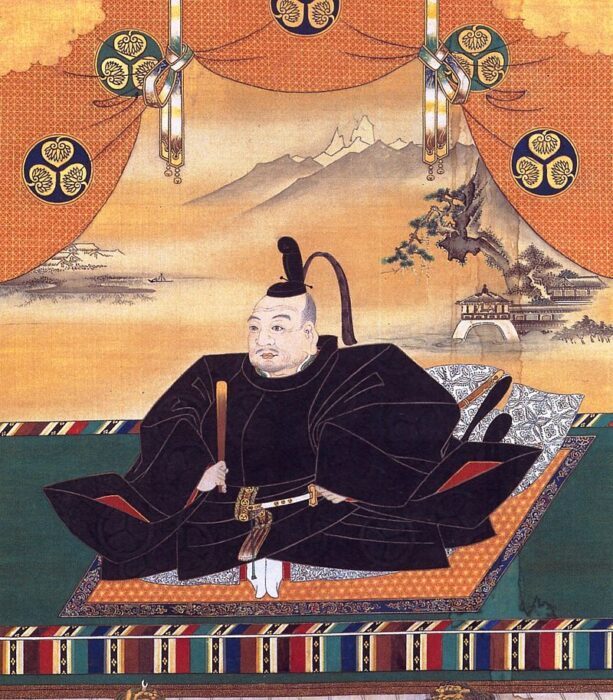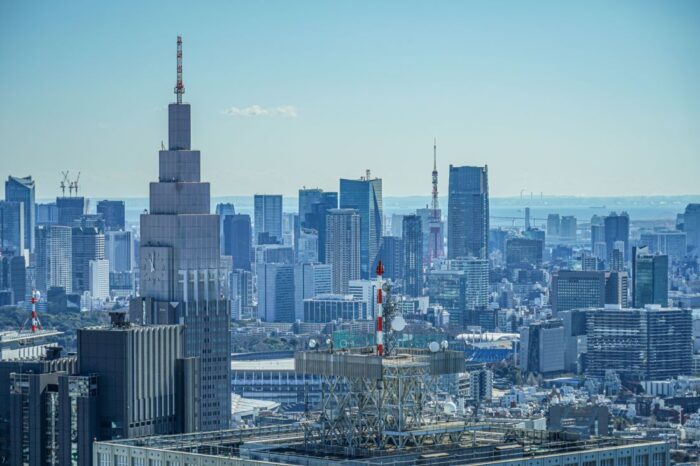Tokyo is the capital city of Japan, and one of the most populous cities in the world. It is a city that is steeped in history, with a rich cultural heritage that dates back centuries. From its origins as a small fishing village in the 12th century, Tokyo has grown into a bustling metropolis that is home to over 13 million people.
The history of Tokyo is a fascinating one, filled with stories of war, destruction, and rebirth. The city has been destroyed numerous times throughout its history, most notably during the Great Kanto Earthquake of 1923 and the bombing raids of World War II. However, each time Tokyo has been destroyed, it has been rebuilt, stronger and more resilient than ever before.
Today, Tokyo is a city that is at the forefront of technology, fashion, and culture. It is a city that is constantly evolving, yet it still manages to maintain its unique identity and charm. In this article, we will take a closer look at the history of Tokyo, from its humble beginnings as a small fishing village to the bustling metropolis that it is today.
Early History

Tokyo, the capital city of Japan, has a rich and fascinating history that dates back over 400 years. The region where Tokyo now stands was originally a small fishing village called Edo. It was not until the 16th century that Edo began to grow in prominence, thanks to its strategic location on the eastern coast of Japan.
In 1603, Edo became the capital of Japan when Tokugawa Ieyasu, the founder of the Tokugawa shogunate, moved his headquarters to the city. The Tokugawa shogunate ruled Japan for over 250 years, and during that time, Edo grew into one of the largest and most prosperous cities in the world.

One of the key factors in Edo’s success was its location on the Tokaido, the road that connected Kyoto, the former capital of Japan, with Edo. This road was an important trade route, and Edo became a major center for commerce and culture. The city was also home to many samurai, who served the shogun and helped to maintain order in the city.
During the Edo period, Edo was known for its distinctive culture, which included kabuki theater, ukiyo-e woodblock prints, and sumo wrestling. The city also had a thriving red-light district, which was known as Yoshiwara.
Tokyo under the Shoguns

During the Edo period (1603-1868), Tokyo was known as Edo and served as the center of power for the Tokugawa shogunate. The shoguns were military leaders who ruled Japan during this time, and Edo was their seat of power.
Under the shoguns, Edo grew into a bustling city with a population of over a million people. The city was known for its strict social hierarchy, with samurai at the top and commoners at the bottom. However, Edo was also a center of culture and entertainment, with theaters, festivals, and other forms of entertainment for all classes of people.
One of the most notable features of Edo under the shoguns was the construction of the Edo Castle, which served as the shogun’s residence and the center of political power. The castle was surrounded by a moat and high walls, making it nearly impregnable.

The shoguns also implemented strict policies to maintain order in the city, including a curfew and restrictions on travel. However, these policies also helped to create a sense of stability and security in Edo, which contributed to its growth and prosperity.
Overall, Tokyo’s history under the shoguns was characterized by a strict social hierarchy, a focus on order and stability, and a flourishing of culture and entertainment. These elements helped to shape the city into the vibrant metropolis it is today.
Meiji Restoration and Modernization
The Meiji Restoration, which took place in 1868, marked the beginning of a new era in Japan’s history. After centuries of isolation, Japan opened its doors to the world and began a process of modernization that would transform the country into a major world power.
Under the leadership of Emperor Meiji, Japan underwent a series of reforms that modernized its political, social, and economic systems. The feudal system was abolished, and a new centralized government was established. The samurai class, which had been the ruling class for centuries, was disbanded, and a new army was created based on Western models.
The Meiji government also embarked on a program of industrialization, building factories, railroads, and other infrastructure to support the country’s growing economy. Japan’s first constitution was adopted in 1889, establishing a constitutional monarchy with a bicameral parliament.
The period saw significant changes in Japanese culture as well. Western ideas and technology were embraced, and traditional Japanese arts and customs were adapted to suit modern tastes. The country’s education system was reformed, with a focus on science and technology.
The Meiji Restoration and the subsequent modernization of Japan had a profound impact on the country’s history and on the world as a whole. Japan emerged as a major world power, with a strong economy and a modern military. The country’s success inspired other Asian nations to modernize and become more competitive on the world stage.
Overall, the Meiji Restoration and modernization of Japan was a complex process that involved significant changes in politics, society, and culture. While it was not without its challenges and controversies, it laid the foundation for Japan’s success in the 20th century and beyond.
Tokyo during World War II

During World War II, Tokyo suffered massive destruction from air raids. The city was bombed by the United States Army Air Forces (USAAF) on numerous occasions, with the most devastating being the firebombing raids of March 9-10, 1945. The bombing caused widespread fires that destroyed approximately 16 square miles of the city and killed an estimated 100,000 people.
During the war, Tokyo was also a center for military production and transportation. The city was home to numerous factories that produced weapons, ammunition, and other military equipment. The city’s transportation infrastructure was also heavily utilized to move troops and supplies throughout Japan.
The war had a significant impact on Tokyo’s population and economy. Many people were forced to evacuate the city due to the bombing raids, and those who remained faced shortages of food and other essential supplies. The destruction of the city’s infrastructure also hindered economic activity, making it difficult for businesses to operate and for people to go about their daily lives.
After the war, Tokyo underwent a period of rapid reconstruction and development. The city’s infrastructure was rebuilt, and new buildings and neighborhoods were constructed. The city also experienced significant economic growth, becoming one of the world’s largest and most prosperous cities.
Post-war Tokyo
After the end of World War II, Tokyo was left in ruins. The city had suffered extensive damage from the bombings, and the population was left in a state of shock and despair. However, the people of Tokyo were determined to rebuild their city and their lives.
The post-war period was a time of rapid growth and development for Tokyo. The city was rebuilt with modern infrastructure and new buildings. The population grew rapidly as people from all over Japan came to the city in search of work and a better life.
In the 1960s and 1970s, Tokyo became one of the world’s leading economic and financial centers. The city’s economy was driven by the manufacturing and electronics industries, and it was home to some of the world’s largest corporations.
During this period, Tokyo also became a center of culture and entertainment. The city was home to some of Japan’s most famous theaters, museums, and art galleries. It was also a hub of fashion and design, with many of the world’s top designers opening stores in the city.
Today, Tokyo is one of the most vibrant and exciting cities in the world. It is a center of innovation and technology, and it continues to attract people from all over the world who are drawn to its unique culture and way of life.
Tokyo Today

Today, Tokyo is a bustling metropolis and the capital city of Japan. With a population of over 13 million people, it is one of the most populous cities in the world. Tokyo is known for its modern architecture, advanced technology, and vibrant culture.
The city has many famous landmarks and attractions, including the Tokyo Tower, the Imperial Palace, and the Meiji Shrine. It is also home to many museums, art galleries, and theaters, making it a hub for art and culture.
Tokyo is also a major economic center, with many multinational corporations and businesses located in the city. It is a hub for finance, technology, and commerce, and is home to the Tokyo Stock Exchange, one of the largest stock exchanges in the world.
The city is known for its efficient public transportation system, including the famous Shinkansen bullet trains. Tokyo also has a reputation for being a safe city, with low crime rates and a strong emphasis on public safety.
Overall, Tokyo is a vibrant and exciting city that offers something for everyone. Whether you are interested in history, culture, or modern technology, Tokyo is sure to impress.






